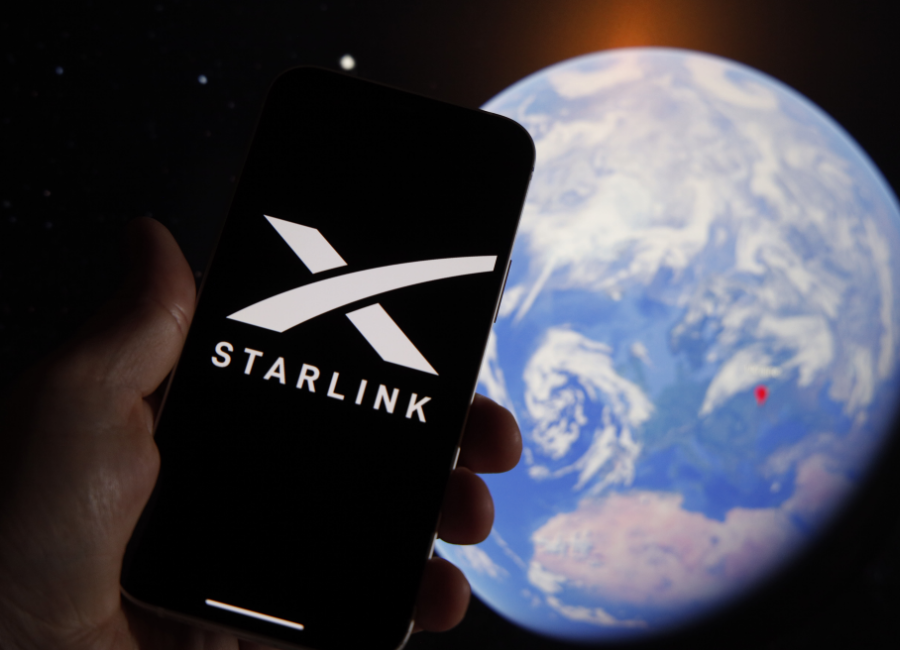Starlink, led by Elon Musk, is gearing up for the launch of its satellite-based cellular service, Direct-to-Cell, in 2024. Initially, the service will support SMS, with future plans to expand to include texting, calling, and web browsing across various terrains, including land, lakes, and coastal waters. This service will also facilitate the connection of IoT devices using the LTE standard.
Starlink has partnered with T-Mobile for this venture, which was first revealed in August during the “Coverage and Above and Beyond” event. In this collaboration, T-Mobile will allocate a portion of its 5G spectrum for Starlink’s second-generation satellites. In return, Starlink will enable T-Mobile smartphones to connect to the satellite network, enhancing cellular coverage throughout the United States.
Elon Musk announced “Starlink V2” in 2023, highlighting its availability on specific mobile phones and Tesla vehicles. He emphasized the service’s global impact in eliminating cellular dead zones and expressed excitement about the partnership with T-Mobile.
However, the initial timeline was later adjusted, with testing expected to commence in 2023 during a panel discussion at the Satellite Conference and Exhibition 2023 in March. Starlink currently operates a fleet of 4,265 satellites, which are not yet compatible with the new cellular service. The company plans to deploy a new batch of microsatellites equipped with the necessary eNodeB modem in the coming years. Each subsequent satellite launch will expand voice and data capabilities.
Starlink’s Direct-to-Cell service will face competition from Apple, which offers its Emergency SOS via Satellite feature integrated into iOS 14. Qualcomm’s Snapdragon Satellite, operating through the Iridium constellation, also enables text communication from space on Android devices.
Industry experts anticipate intense competition in the satellite cellular service market, with the potential for it to become a predominant category in the satellite industry.








